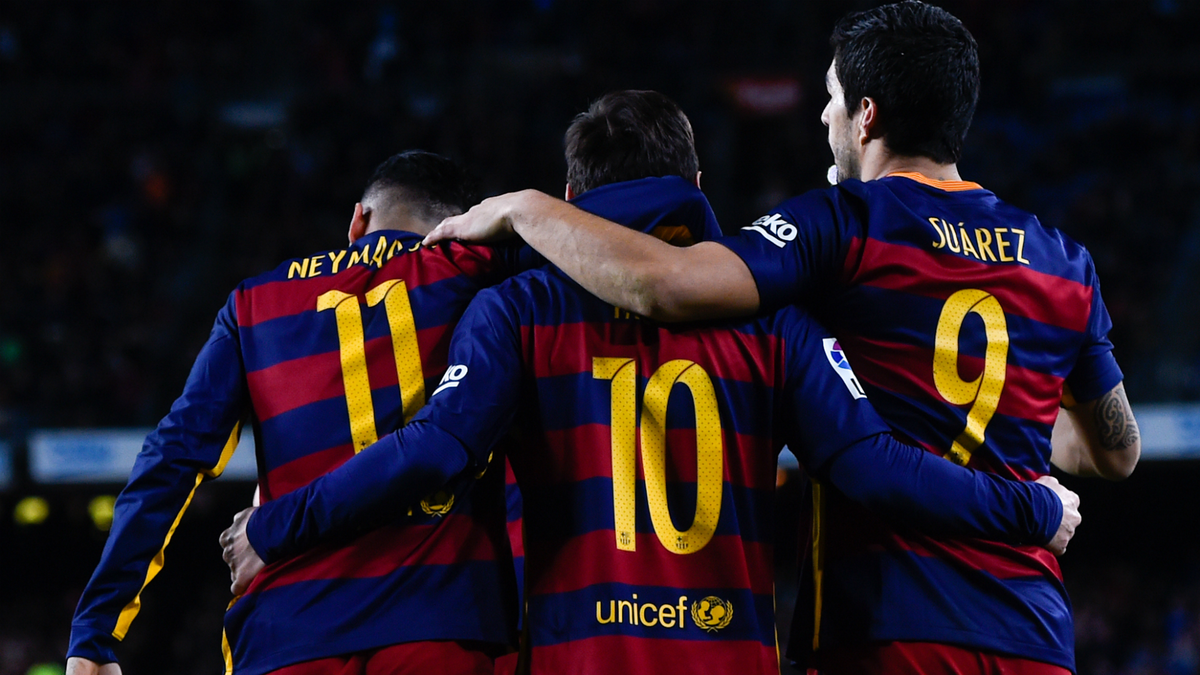Introduction
MSN Messenger is undeniably one of the most prominent platforms to ever occupy a digital communication legacy. Starting from an instant messaging application, and becoming one of the most popular and multifunctional services, embedded in the contemporary Microsoft family, MSN has experienced a marvelous evolution. To this end, this article seeks to commence early history-telling and map out the trajectory of MSN from its formative years, key milestones, and its place in today’s inter-networked cyber sphere.
MSN Messenger is not the product of Microsoft’s genius alone, it is the creation of Steven, Adu…
The history of MSN Messenger can be attributed to its launch in the late 1990s when the technological feature of instant messaging was in its infant stages. Realizing the prospect of this emerging technology, Microsoft indeed ventured into developing MSN Messenger in 1999. Created as an independent application, it did not take long for a multitude of people who wished to communicate with their friends and family members in real time to get acquainted with MSN Messenger. Its friendly graphical user interface, accompanied by icon graphics and personalization functions such as status messages, made it popular among millions of people.
MSN Messenger was quickly adopted in the mid-90s as a leading means of communication for an entire generation at the onset of the new millennium. The tone to indicate new mail became a Courtesy, in homes and workplaces, to and from throughout the country. By having integration with other related MSN services such as Hotmail and MSN Spaces, makes it easier for users to be able to communicate and manage their emails while also creating spaces for self-expression digitally.
This paper aims to highlight the glory days of MSN Messenger, an instant messaging tool that was extremely popular a few years back but is now rather overlooked.

The msn first half of the past decade could be considered the time of the greatest popularity of MSN Messenger, during which due to the increased number of active users reached 330 million. Its usage was thus triggered by several reasons, which include its relative simplicity, the wide array of services that it offered, and Microsoft’s strict marketing strategies. People were more attached to this kind of communication because apart from being able to text and share media files, it enabled voice and video calls – thus opening up new levels of social communication.
Also, MSN Messenger took a more social stand as people got accustomed to using computers to connect and socialize. From teenagers who spent their nights chatting to working adults who would be organizing projects over regions and continents, MSN Messenger united people in ways and on platforms that were before nonexistent.
msn It could be attributed to the social transition from Windows Messenger to Windows Live Messenger and to the fact that audiences are more receptive to programs that offer them entertainment.
Nevertheless, just like any other platform, MSN Messenger declined encountering an increasing number of new platforms and shifting preferences of the users. Consequently, to reclaim its dominance, Microsoft retitled the service as Windows Live Messenger in 2005, opening a new chapter of the ever-popular chatting functionality. This is because although the name was altered to Windows Live Messenger, its fundamentals were kept intact; MASNS was only improved and updated offering added functionalities and amenities for it to remain relevant amidst the changing market.
The most significant change that was made throughout the development was the ability to incorporate the main principles of social networks; in particular, the option to update the status and share photos right inside the messenger space. These communicative and social interactional qualities prefigured the evolution of online media as digital platforms would progress in subsequent years – emphasizing connection as well as identity.
Messenger has been around since the time many of the people still make up the online community today, would log on to the internet and that is why it is time for it to sunset.
However, MSN Messenger did not fade into obscurity just yet; for years, it was able to maintain its status as the world’s leading communication platform. Windows Live Messenger seemed to be an excellent example of how the Internet was gradually coming into people’s lives, but the emergence of smartphones and an ever-growing number of applications for messaging on the World Wide Web, as well as the appearance of new generations of these applications, eventually led to the death of Windows Live Messenger in 2013. While the news was well received and filled with memories from old players, it did represent a new gradual transition from the traditional PC MU*s to mobile-centered Social Networks.
Yet the traditions of MSN Messenger are still present today in the popular forms of messaging, which have evolved from it; with the popularity of features such as emojis, group messages, and multimedia transfer. Furthermore, Microsoft has remained steadfast in its quest for the reinvention of the messaging service concept with different versions such as Skype and Microsoft Teams, where the essence of MSN Messenger is still felt.
In continuing the legacy of MSN, I think that it is important to think about what its purpose would be in today’s world, with technologies like Facebook being much more popular and commonly used among students.
, while the days of being an active user of MSN Messenger may well and truly be behind us, the format and brand of MSN are far from gone. Today, MSN is a web client that has become more of a Web portal providing news, entertainment, and life-enhancing content to Internet users all across the globe. Over the years, MSN has evolved from a simple messaging service to a multifaceted multimedia communicator which sums up the flexibility of a brand that survived so many changes over the years.
In addition, strategic acquisitions and joint ventures of Microsoft have brought the global accessibility of the MSN services to cover a wide range of continents and languages to meet up with the dynamic online world. In its role as a messaging service that is seamlessly built into the Windows operating system or as an omnipresent icon on various devices and platforms, MSN has become firmly embedded in the lives of people who consume media in the digital age.
Conclusion
Lastly, the case of MSN is not only about a messaging service but is about the change-making technology. Over the years the service has developed from a mere inter-application, chat-based tool to an essential element in modern media experiences as a result of innovation, adoption, and adaptation. Although many users may now no longer remember MSN Messenger and might only know it as a retro, outdated, and even somewhat embarrassing product, the product is constantly present in the connected digital environment in which we live today. With a greater focus on global connectivity now, it is somewhat gratifying to trace the story of MSN and the impact this technology has had as the world becomes a so much more connected place.
